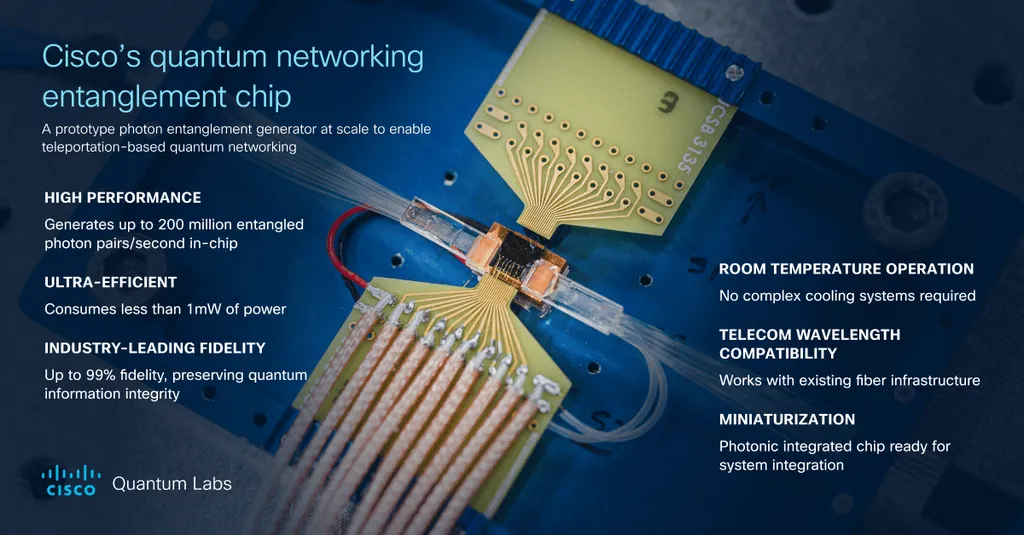In the rapidly evolving world of quantum computing, a significant breakthrough has emerged that could reshape how we approach complex quantum algorithms and their practical applications, particularly in the energy sector. Eneet Kaur, a researcher at Cisco Systems’ Quantum Lab in Los Angeles, has published a groundbreaking study in the IEEE Transactions on Quantum Engineering, addressing the critical challenge of scaling quantum computing through distributed quantum algorithms.
Quantum computing holds immense promise for solving problems that are currently intractable for classical computers. However, as quantum circuits grow in complexity, managing the entanglement resources required for communication between quantum processing units (QPUs) becomes a formidable task. Kaur’s research tackles this issue head-on, proposing novel methods to optimize entanglement consumption while accounting for network constraints.
“As quantum circuits become more complex, the need for efficient entanglement management becomes paramount,” Kaur explained. “Our approach leverages graph partitioning techniques to optimize both qubit teleportation and gate teleportation, minimizing the number of Einstein–Podolsky–Rosen pairs required to execute general quantum circuits.”
The implications of this research are far-reaching, particularly for the energy sector. Quantum computing has the potential to revolutionize energy optimization, grid management, and even the discovery of new materials for more efficient energy storage. By making distributed quantum computing more efficient and scalable, Kaur’s work paves the way for these advancements to become a reality.
One of the key contributions of Kaur’s study is the formulation of an integer linear program to reduce entanglement requirements by mapping the logical resources of partitioned circuits to the physical constraints of the underlying quantum network. This approach not only enhances the efficiency of quantum computations but also makes them more feasible for practical applications.
“Our goal is to make quantum computing more accessible and practical for real-world problems,” Kaur said. “By optimizing entanglement consumption, we can significantly reduce the resources required for quantum computations, making them more viable for commercial use.”
The study also analyzes the entanglement cost for implementing the quantum Fourier transform across multiple QPUs, employing an approach that exploits the circuit’s structure to minimize total entanglement consumption. This specific application demonstrates the potential for significant advancements in quantum algorithms and their practical implementations.
Published in the IEEE Transactions on Quantum Engineering, which translates to the “Journal of Quantum Engineering,” this research provides a pathway to scalable and resource-efficient distributed quantum computing. The findings are poised to shape future developments in the field, making quantum computing more accessible and practical for a wide range of applications, including those in the energy sector.
As the world continues to grapple with the challenges of energy efficiency and sustainability, the breakthroughs in quantum computing could not come at a more critical time. Kaur’s research offers a glimpse into a future where quantum computing plays a pivotal role in addressing some of the most pressing energy challenges, ultimately contributing to a more sustainable and efficient energy landscape.

